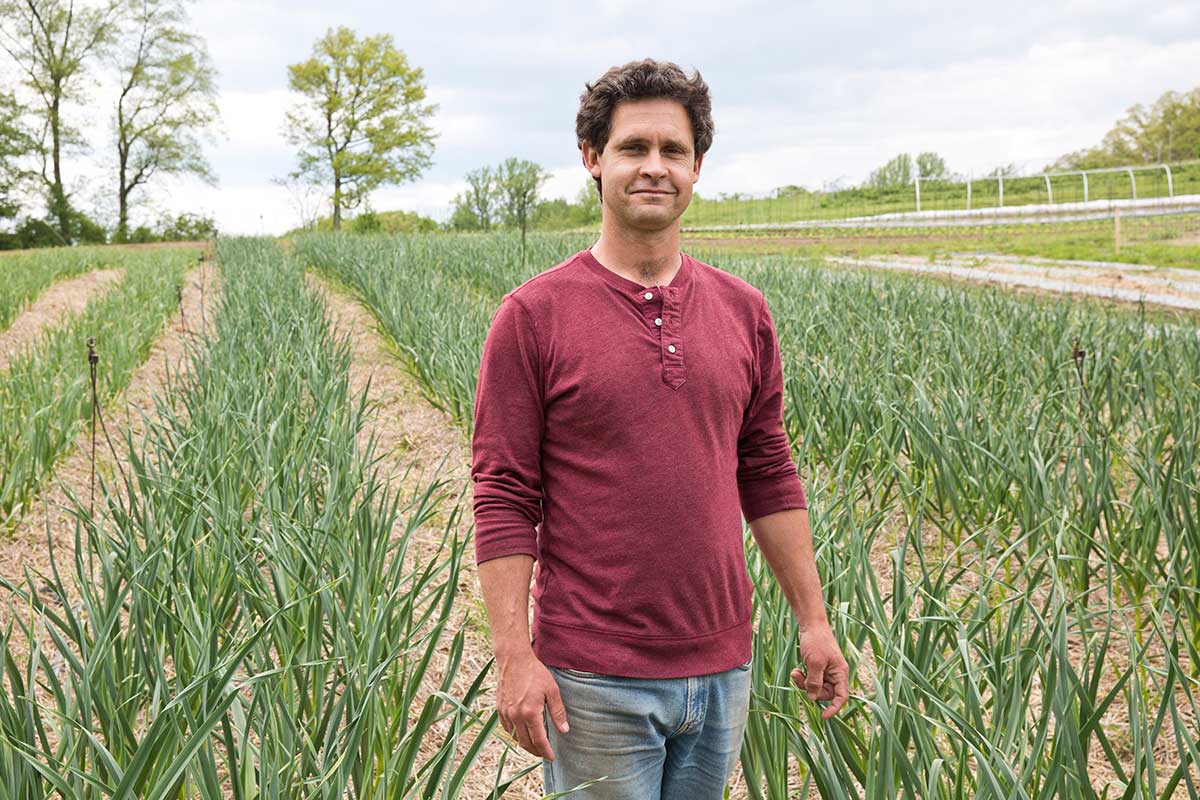Jack Algiere might be a modern farmer, but his spirit belongs to the pre-industrial agriculture days. Lucky for the Stone Barns Center for Food and Agriculture, where he is the farm director, he brings this old-school wisdom and sensitivity to his work. Farming is a collective undertaking, Algiere maintains, and together we must reconnect with our food system and nourish our soil. Step One on this journey: Be curious! (Oh, and stock up on those agricultural books from the early 1900s!)
You were raised on a farm. What was it about that way of life that inspired you to become a farmer yourself?
I was raised on a small homestead farm in southern Rhode Island. My parents grew their own vegetables and raised hens, pigs and milk goats. It was not my intention in my youth to become a farmer, but over the years, I realized that I’d developed confidence working in natural systems, with plants and animals, with mechanics and tools. My childhood was well rounded and I developed an early work ethic. Among my earliest memories, I remember helping with the family chores; at 12, I worked off farm, which seems now to be a very young age. Finding joy and confidence in my abilities allowed me to recognize that I was well suited to be a farmer.
What do you most enjoy about having your hands in the soil?
Soil is the lifeline. It is our connection to the Earth.
Good soil is sensual. It allows us to learn about our environment through sight, touch and smell.
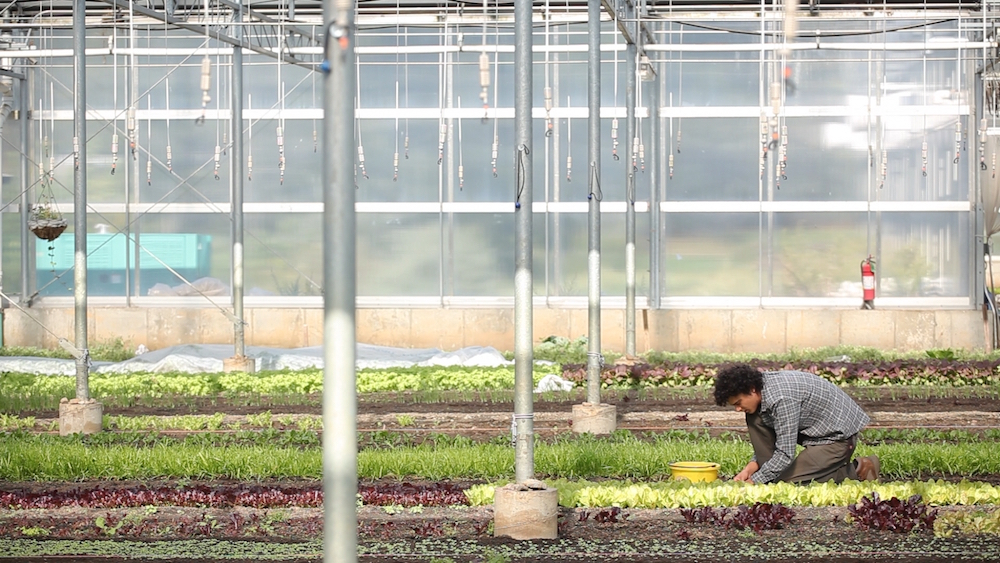
via Stone Barns
Healthy soil is vital to growing vibrant and nutritious vegetables and fruits. Can you discuss the current state of America’s soil and the effect it’s having our food supply?
The US is blessed with some of the most fertile soils on the planet by volume and quality. Although our largely extractive agricultural practices over the past 200 years have certainly degraded the collective health of the soils, the fact that they are still productive is a testament to their extraordinary potential. In fact, the unprecedented use of fossil inputs and monocultural practices employed over the past 75 years have created a historic anomaly, wildly different from any other moment in the history of civilization. The optimism of those pushing technological solutions to “feed the world” blurs the fact that soil is being degraded.
A few years ago, I read a wonderful book by the English agronomist George Stapleton that, despite being written in 1943, very simply summed up my views. Stapleton explains that there are two types of agriculture that civilizations put into practice: war-time and peace-time agriculture. War-time systems require vast resources to produce food for wars fought abroad, in times when many farmers are not on their land. This is possible only if the land has the stored fertility generated from peace-time stewardship. Peace-time agriculture is the practice of nurturing the land through an exchange-type fertility system. It embraces diversity and puts the soil at the center of health. Resilient stewardship practices limit the use of necessary inputs. After reading Stapleton, it occurred to me that we in the US have not known peace-time agriculture in our lifetimes. We have always extracted from the land to expand our strengths, and when it was just beginning to deplete, we found a short-term and optimistic solution in input technologies.
This is the long way around of saying that the health of the soil is the health of the food we eat. It is also the health of us. Our agricultural methods directly affect our food and lifestyle.
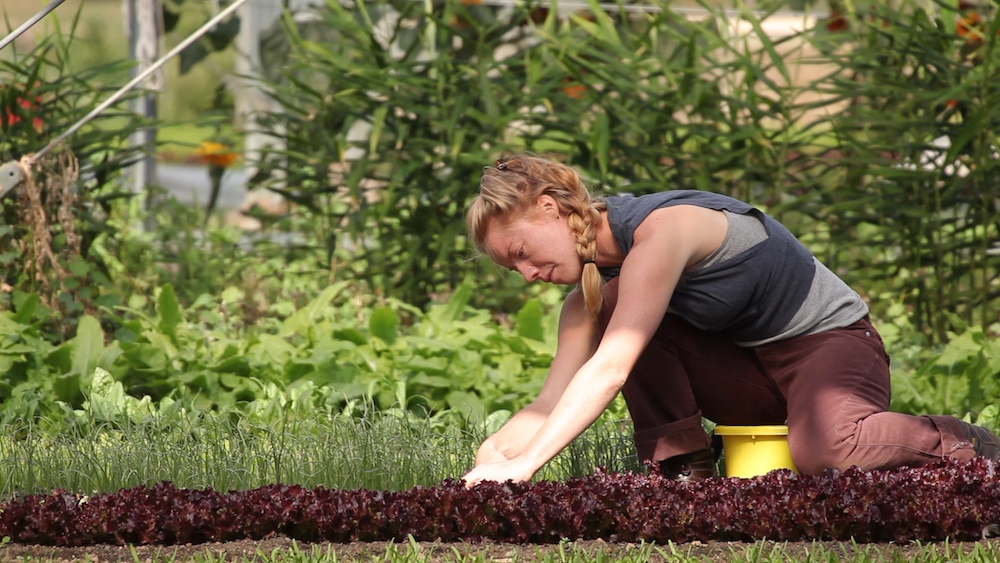
via Stone Barns
What can be done to improve this situation?
We must reconnect with and be aware of our food system. It is clear that our country is not likely to become an agrarian society again, as it once was. If we develop a curiosity about our food and how it came to be, we begin to make informed choices out of our desire to enjoy eating, rather than based on fear or guilt. That is a good way to make change.
You recommend natural breeding as a key element in producing top-notch vegetables. What’s the difference between natural breeding and genetically-modified food?
In a word, stewardship. By “natural” breeding, you mean cross pollination or hybridization, the process of selecting and pollinating parent plants to get a better plant, and farmers have been practicing this for thousands of years. Over the past 150 years, plant science has been rapidly advancing these methods. Today it is quite advanced and uses lots of technology. For instance, the use of gene-mapping technology and other biotech concepts are a positive set of tools when applied by a stewardship mindset—with the intent of social inheritance. A GMO is an organism whose genome has been altered by the techniques of genetic engineering so that its DNA contains one or more genes not normally found there. The stewardship here is very different. I think the GMO issues that most people fear stem from the ownership of GMOs by agribusiness—when corporations have patents to control and own living organisms and then can design plant and animal genetics to be compatible with their chemical patents, such as the notorious link between commodity corn and glyphosate.
I choose traditional plant breeding, and I have been pleased and surprised by the quality, flavor and beauty of all the genetic work I have engaged in over the past 20 years.
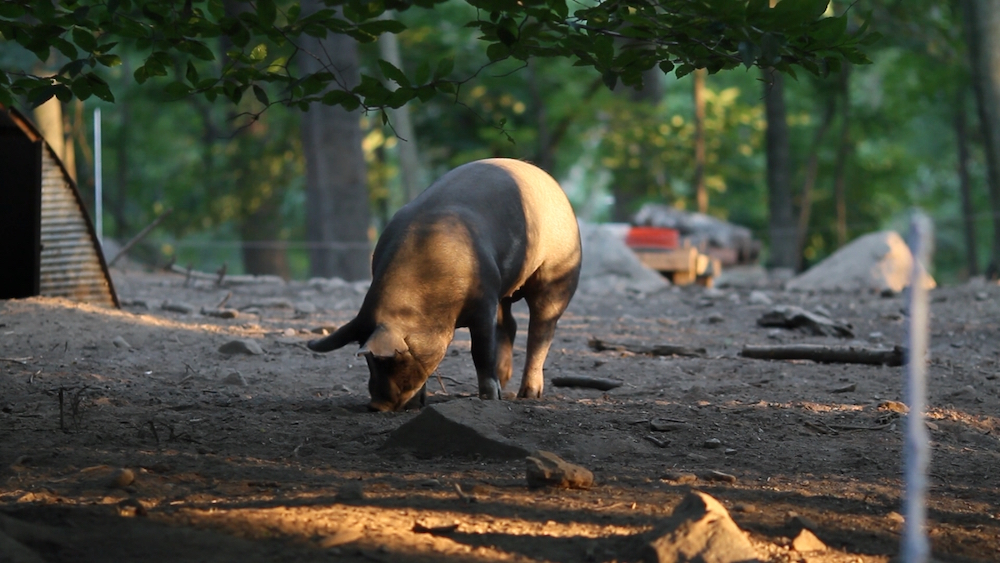
via Stone Barns
What role do animals play in your vision of a thriving, sustainable farm?
Animals and their manures are essential to the health of our soils and agricultural systems. But current production models, such as you see in concentrated animal feeding operations or too many head of cattle on a semi-desert tract of western land, far exceed the quantity necessary for healthy balance in the ecosystem. Our consumption of meat is way too high and has both encouraged and forced the meat industry to develop unnatural input methods of raising protein at an alarming rate. Large-scale meat production has been driven by cheap resources, such as commodity grain feeding and subtherapeutic antibiotics. When you look closely at livestock’s ecological service to the land and to the soils, their numbers should be much lower to sustain the actual needs of fertility on a landscape.
What are the greatest challenges facing farmers today?
I think the greatest challenge is farmers’ ability to meet the production demands of the marketplace while reconciling with their own environmental ethics and concerns. Agriculture is intricately linked to ecosystem health; I think that most farmers understand this to be true. However, economic pressures tend to persuade farmers to compromise what they know to be true for the sake short-term gains to stay in business. As a society, we should help farmers by considering the broader set of values that underpin and are connected to agriculture.
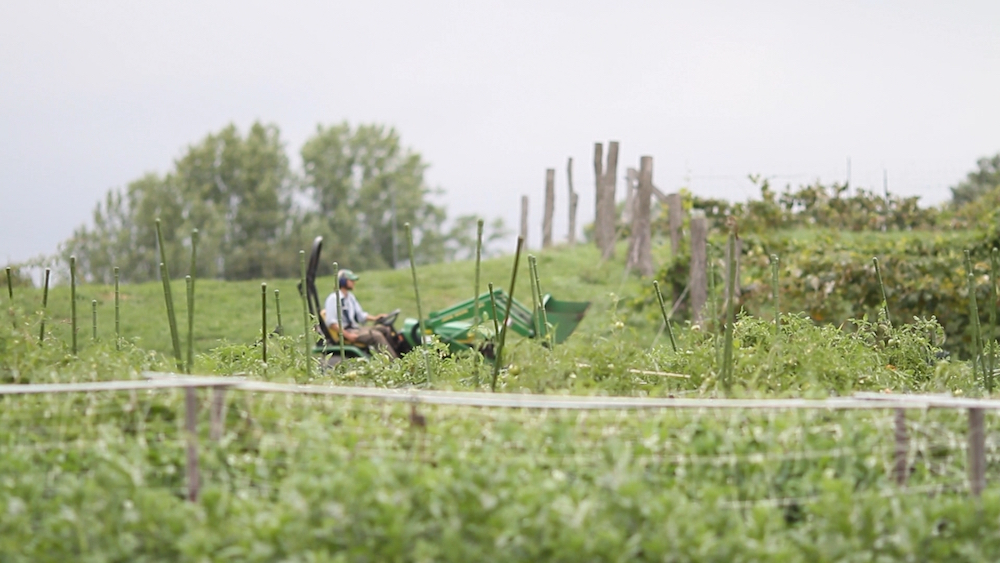
via Stone Barns
Is it possible for industry and a healthy agricultural system to exist side by side?
Yes – if it is an exchange-driven, non-fossil fuel-based industry.
If you were the Farm Director of America, what sort of across-the-board changes would you make?

via Stone Barns
I would advise the creation of a plan that encourages and even enforces collective responsibility of our soils. We must collectively invest in the health of our soils and build enterprises upon that rather than the other way around. The future of the nation really hinges on this.
What three things would you recommend for someone to get started in connecting to food and agriculture ( CSA, grow a plant, etc)?
Know your kitchen and how to use it. Know a farmer. Go outside.
What is most pressing concern you have concerning agriculture and future of farming?
My concern is that we continue to look at nature as something “other” and apart from us. In doing this, we abandon a beautiful opportunity for a healthy future.
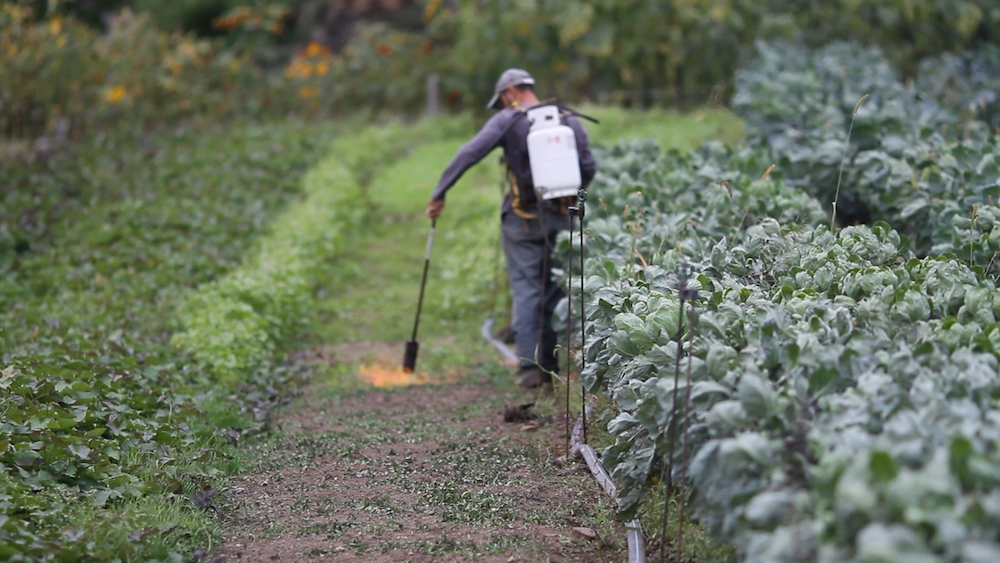
via Stone Barns
What are some of your favorite books films poetry about farming and agriculture and poetics of soil and science?
I just read “The Hidden Half of Nature” by Anne Bikle and David Montgomery and was inspired by the cross-disciplinary thinking and comprehension of the interconnectedness of soil, plant, animal and human health. It is more common for me to cite older works from before the industrial agriculture era, including Sir Albert Howard’s “An Agricultural Testament” and “The Soil and Health,” Aldo Leopold’s “A Sand County Almanac,” Rudolph Steiner’s “Agriculture,” or even Peter Henderson’s “How the Farm Pays;” they all have a particularly engrained comprehension of the connection with nature. For inspiration: Masanobu Fukuoka’s One Straw Revolution and Eliot Coleman’s The New Organic Grower.
I adore the poetry of Mary Oliver, Wendell Berry, David Whyte and John O’Donohue. I also like Goethe. I recently read an excellent open letter by jazz greats Wayne Shorter and Herbie Hancock entitled “To the Next Generation of Artists” that resonated deeply for me.
I enjoy documentaries like Susan Rockefeller’s “Food for Thought, Food for Life” and Deborah Koons Garcia’s “Symphony of the Soil.” My boys and I like to watch all things David Attenborough. Recently, I watched a beautiful film by Ciro Guerra called “Embrace of the Serpent” that struck a chord in relation to our connection to nature.

